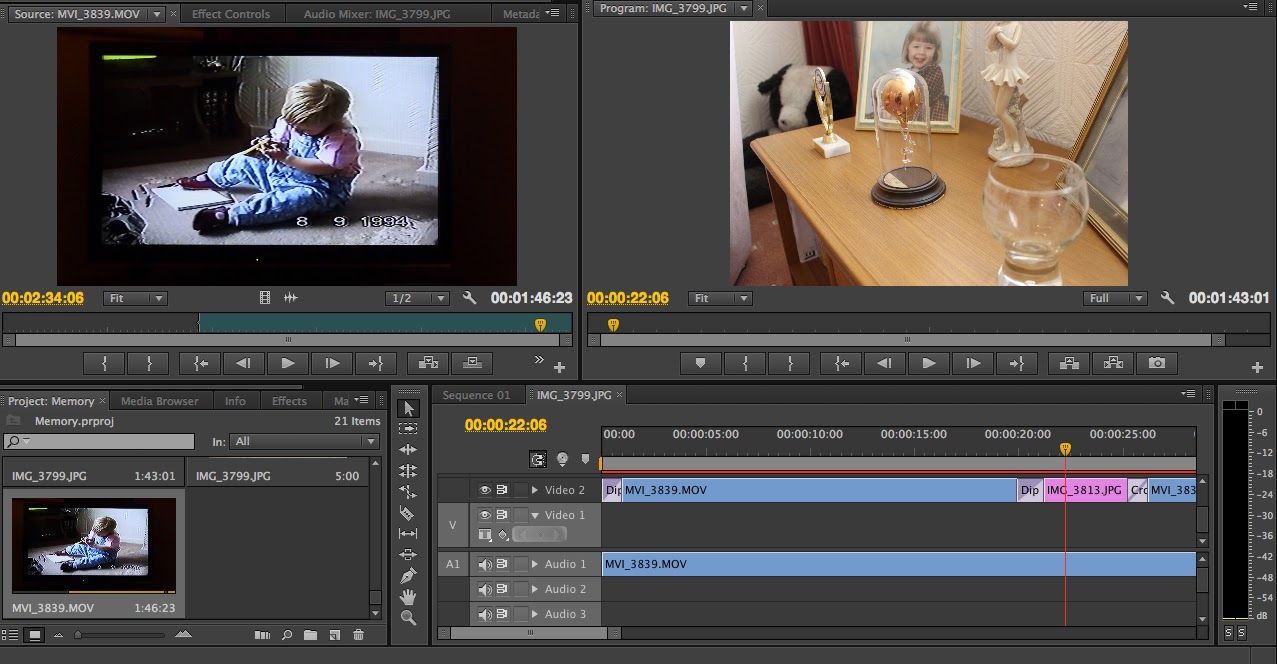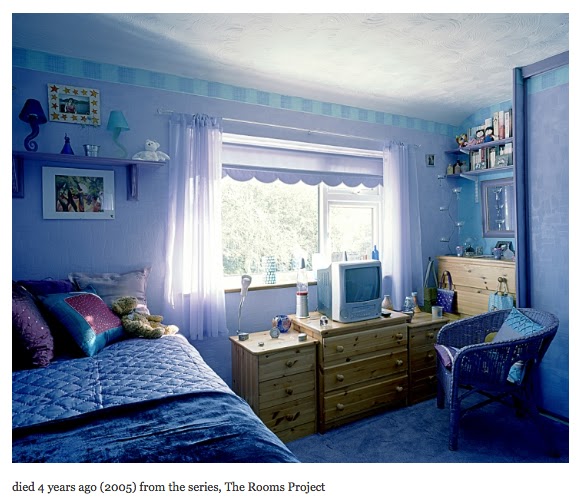For the Advanced Photographic Practice brief we needed to create a
moving image piece using video footage, stills or both, including audio but not
a piece of music. It had to be 80-240 seconds long, and be edited in Premier
Pro.
Initially I was worried and uncertain about this brief as it was
something completely new. I knew we would have to learn new skills to edit, and
shoot our footage. Skills I have never thought about using, for example, having
the right settings for the lighting, how to record good audio, and how to pan
and zoom effectively. I felt it was a lot to take in in such a short space of
time. But the workshops with John were a great help. Learning a whole new skill
set in 6 weeks was very daunting, but I felt I have done quite well with the
time restrictions. Once I had grasped the basics in Premier Pro I found it easy
to use, and would happily use it again in the future.
I feel with more time I could have learnt a lot more aspects of the
program to create a more dynamic and interesting video. I struggled with the
idea of memory, and how I would portray this in a moving image piece. I had a
few ideas; each had their own problems. Firstly I think I wasn’t thinking
personally enough, and tried to do something about a topic I didn’t understand
fully, brain injuries. When I moved onto
the idea of working with the Prosthetics and Orthotics course, I was unable to
get a response from the lecturers. There was no time for me to carry one with
this idea, with no response from emails and phone calls after a week. After
talking to John, choosing to do something more personal was better for me. I
feel the idea I finished with was the best, and I was able to create something
I was very happy with, and personal to me.
I chose to take pictures of things in my Grandad’s house that reminded
me of my childhood. The images are of the things I felt reminded me of my
childhood. These are objects that trigger my memory of being at my grandparent’s
house as a child. I haven't edited any of the images, as I want them to be as I
see them, and use natural light. The objects are not particularly special in
any way, but sentimental to me. They are things that have been in the house a
long time, and would always remind me of being there. Some are every day items,
that where what I remember being used in the house. It was emotional to take
some of these pictures, as they triggered memories of happy times with family
members. I want to add these into my video, over laying the video footage of me
as a child. The final video edit shows a video of me as a child of around 1,
playing with my grandma in her home. I added my own images in to the video, and
kept the video audio all the way through. I had all the images faded in and out
over the video to keep it smooth and consistent. I am happy with the final
outcome, and feel it shows my personal memories as I planned. I am happy with
how it is edited together with the basic skills I have learnt. I like how it
feels almost home movie style, and is very personal, but others can relate to
it with their own childhood memories.
Over all I found that once I had a solid
idea of what I wanted to create, I wasn’t as worried as I originally had been. The
skills of creating a video was initially concerning being something so new. Taking
on board all the tips from John allowed me to create a video I was happy with.
With more time I feel I would have been able to create something more interesting,
and had more ideas to incorporate in. But I do feel happy with the video I created,
and feel it shows the idea of memory. Even though this is a personal memory for
me, I feel it is relatable and shows the idea of childhood memories as a whole.


















